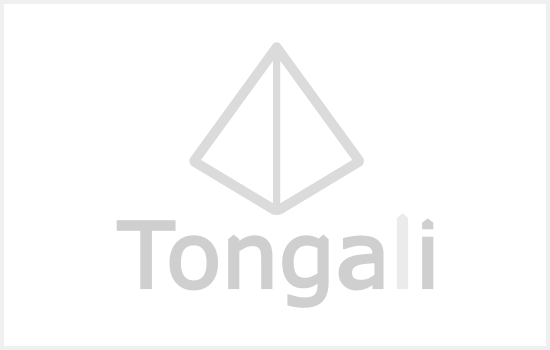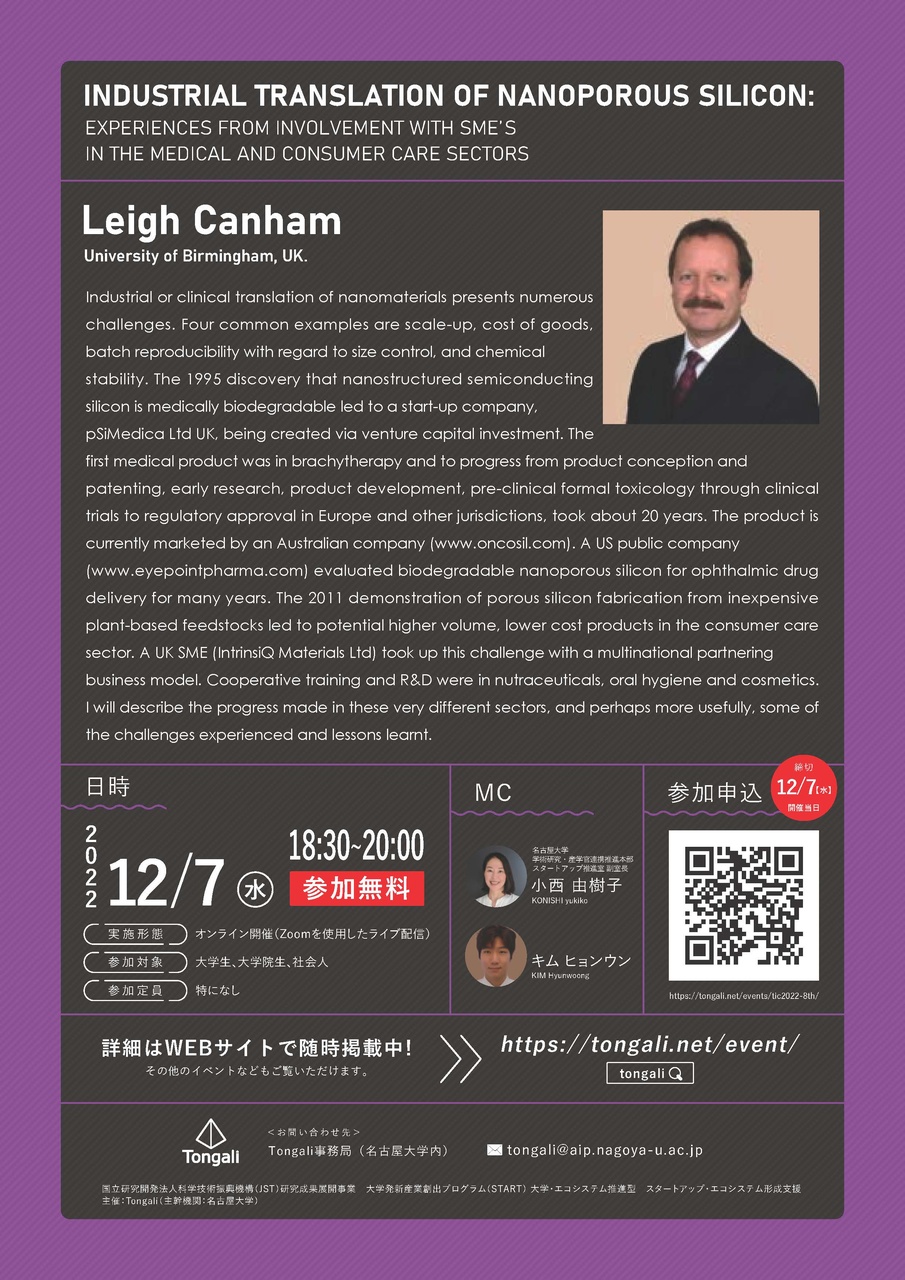EXPERIENCES FROM INVOLVEMENT WITH SME’S IN THE MEDICAL AND CONSUMER CARE SECTORS
Industrial or clinical translation of nanomaterials presents numerous challenges. Four common examples are scale-up, cost of goods, batch reproducibility with regard to size control, and chemical stability. The 1995 discovery that nanostructured semiconducting silicon is medically biodegradable led to a start-up company, pSiMedica Ltd UK, being created via venture capital investment. The first medical product was in brachytherapy and to progress from product conception and patenting, early research, product development, pre-clinical formal toxicology through clinical trials to regulatory approval in Europe and other jurisdictions, took about 20 years. The product is currently marketed by an Australian company (www.oncosil.com). A US public company (www.eyepointpharma.com) evaluated biodegradable nanoporous silicon for ophthalmic drug delivery for many years. The 2011 demonstration of porous silicon fabrication from inexpensive plant-based feedstocks led to potential higher volume, lower cost products in the consumer care sector. A UK SME (IntrinsiQ Materials Ltd) took up this challenge with a multinational partnering business model. Cooperative training and R&D were in nutraceuticals, oral hygiene and cosmetics. I will describe the progress made in these very different sectors, and perhaps more usefully, some of the challenges experienced and lessons learnt.







 キム ヒョンウン
キム ヒョンウン
